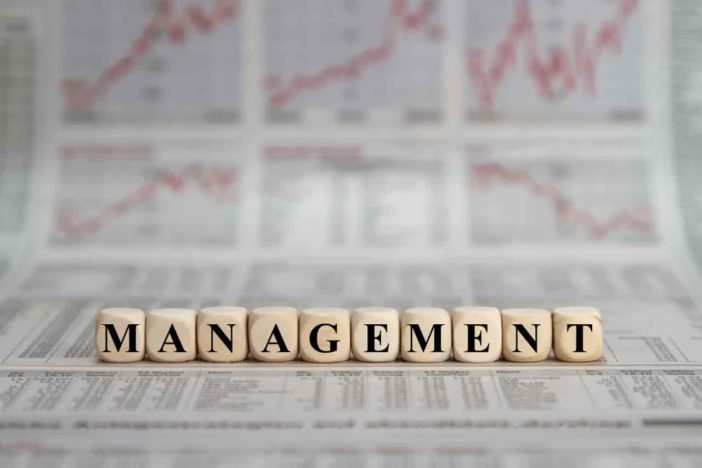Third-party management aims at pointing out and reducing risks involved when a business decides to bring a third party on board. Examples of third parties include contractors, suppliers, vendors, and service providers. Third-party risk management is an essential tool that helps you save time and money, improve your customer trust, and increase your business’s security, among others. This article will give you a complete guide on everything you need to know about third-party management.
Acknowledge all the possible risks
It is easy to assume that cybersecurity is the most prominent risk that comes with considering a third party. However, many risks end up being overlooked, costing your business a fortune in repairs later in the future. Ensure you consider risks such as financial risks, reputational risks, ethical risks, and privacy risks, among many others.
Automate key tasks
Look within your third-party system and assess which repeatable processes can be automated to ease your work, save valuable time and improve efficiency. For instance, tasks that you could automate include reports, notifications to stakeholders, performance reviews, and calculation of risks.
Outsource smartly
If you want to run a successful business in the modern world, you need to outsource the services but only to seasoned professionals. Well, business process outsourcing will save you lots of money and allow you to bring skill sets and talents on board that your core team may not possess. However, you need to ensure that you hire reliable third parties that will not leave you vulnerable and be the downfall of your company.
Categorize your vendors
Arrange your third parties in criticality tiers to increase the efficiency of your third-party risk management system. The highest tier should comprise the high risk, high criticality vendors, while the lowest tier should consist of the low risk, low criticality vendors. The highest tier requires more resources, evidence collection, and on-site validation.
Maintain detailed records
A robust third-party management system uses TPRM software to help them keep detailed records of all third parties involved. Having auditable records that are up to date ensures that all third parties are compliant and helps you identify areas for improvement.
Third-party management is not a one-size-fits-all
You will be surprised to find out that not all companies have a specific department dedicated to third-party risk management. Each company has its unique approach to managing its third parties. Standard job titles that are assigned to third-party risk management include chief procurement officer, information technology, risk and compliance, and vendor management, among many others. Third-party management is a component that extends into many other departments, which should pool efforts and work together.
Evaluate your third parties regularly
Since you will be engaging with your vendors and suppliers over a long period, you need to monitor their behaviors to mitigate potential risks. Take note of events such as mergers, contract changes, and employee reduction, and do not ignore any negative news or a display of unethical behavior.
Wrapping it up
Now that you have learned a few things about third-party risk management, we hope that you will put this knowledge into good use and streamline your operations.



